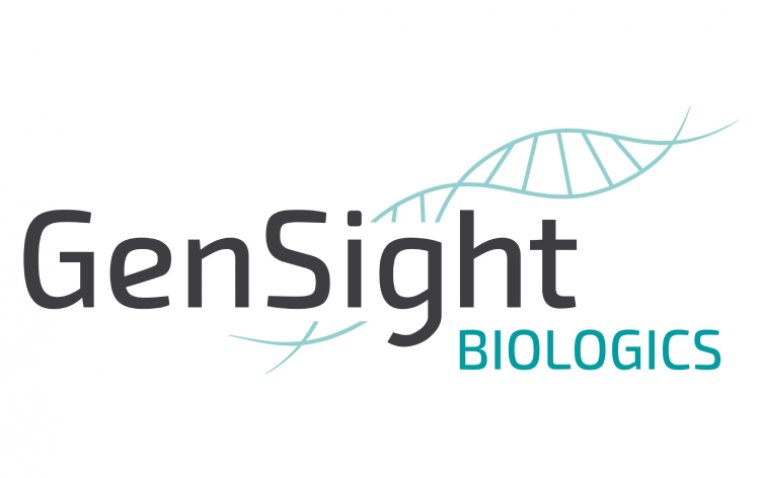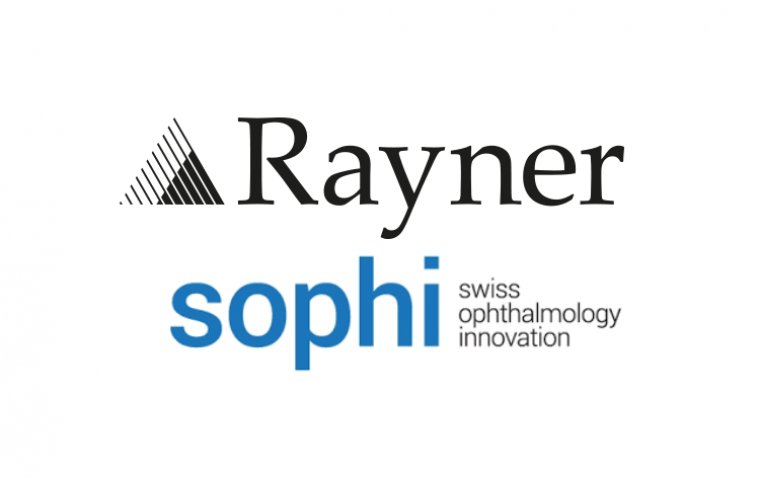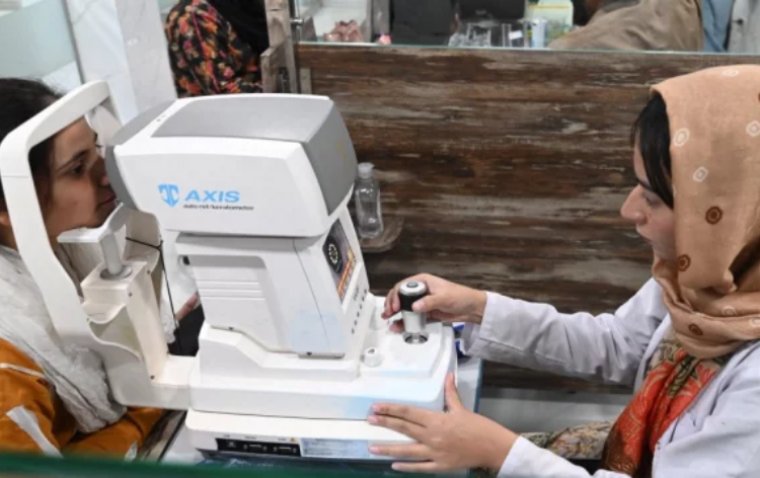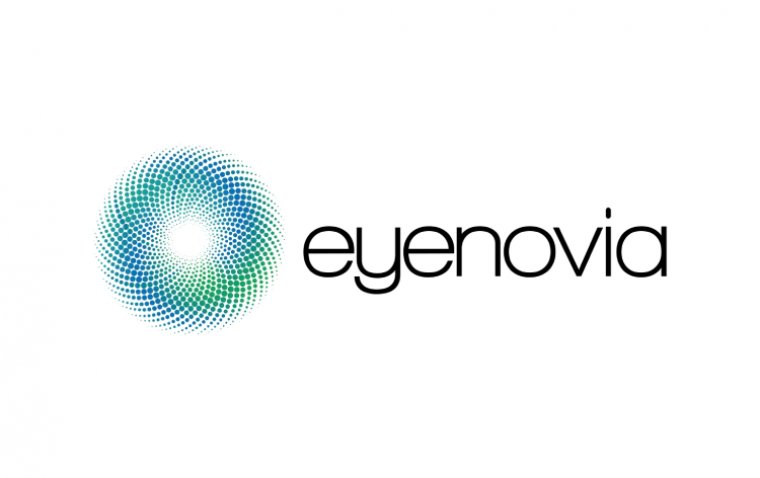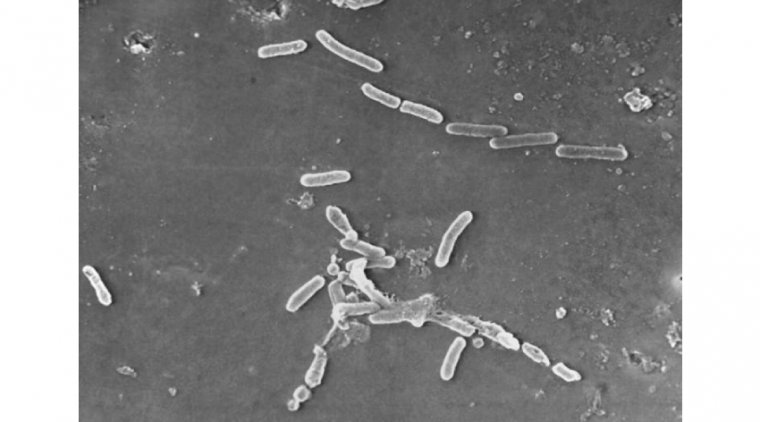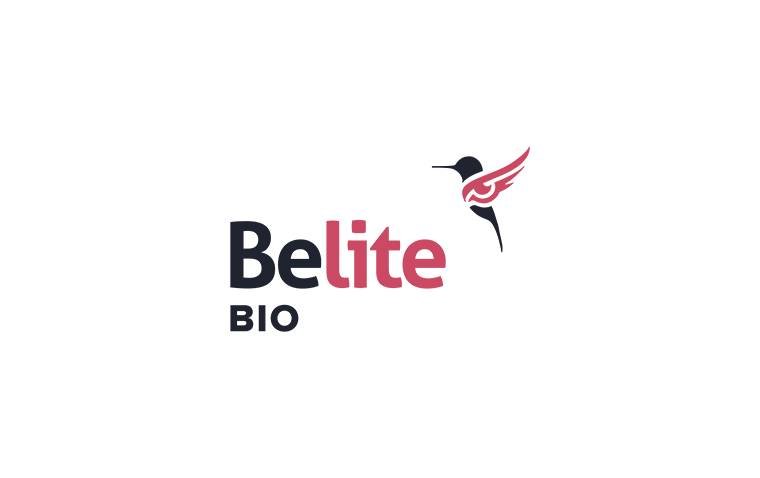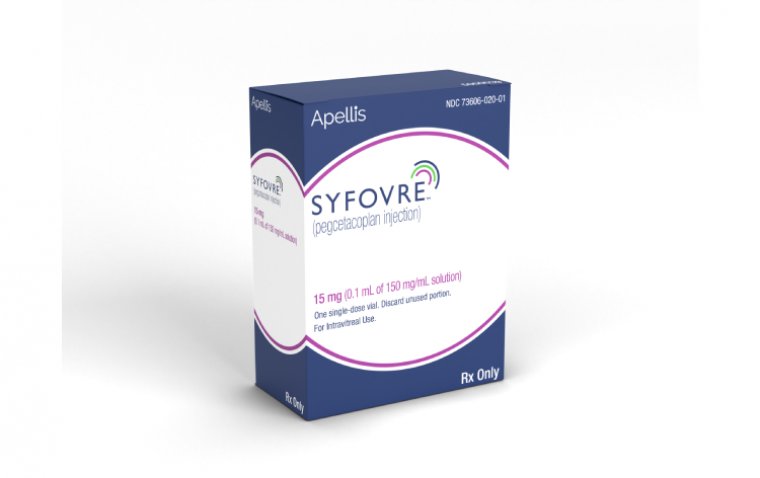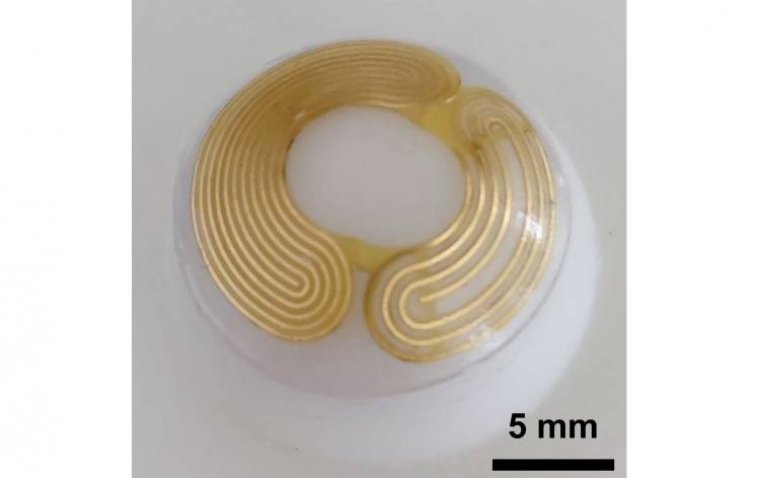
Breakthrough Smart Contact Lens Measures Eye Pressure in All Temperatures
Researchers have developed a prototype "smart" contact lens that accurately measures eye pressure regardless of temperature, according to a study in ACS Applied Materials & Interfaces.
Around 3 million people in the U.S. suffer from glaucoma, according to the Centers for Disease Control and Prevention. Traditional methods for detecting glaucoma involve the use of "air puff tests" during eye exams, which provide one-time measurements of eye pressure. A slight elevation in pressure, caused by fluid buildup around the cornea, is a subtle symptom that can lead to a glaucoma diagnosis.
Innovating with Temperature-Resistant "Smart" Lenses
To improve the detection of these tiny fluctuations in pressure, researchers have explored various methods, including contact lenses that transmit signals to receptor glasses. However, changes in temperature, such as stepping outside into cold weather, can affect the accuracy of these measurements. Addressing this challenge, researcher Dengbao Xiao and his team aimed to develop a contact lens capable of accurately measuring and wirelessly transmitting real-time signals about eye pressure across a broad range of temperatures.
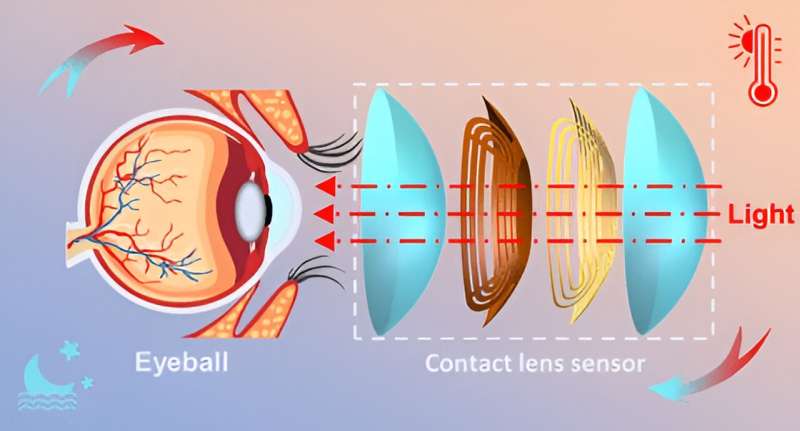
Design and Testing of the New Contact Lenses
Xiao and his team designed two miniature spiral circuits, each with a unique natural vibration pattern that changes when stretched by minor changes in an eye's pressure and diameter. The researchers embedded these circuits between layers of polydimethylsiloxane, a common contact lens material, to create pressure-detecting contact lenses.
The team then wirelessly read the embedded circuits' vibration patterns by holding a coil near the lens connected to a computer. They found that the transmitted signals were unaffected by tests designed to mimic eye movement, extended exposure to moisture (simulating the damp conditions in the eye), and daily wear and tear.
Results and Potential of the Dual-Circuit Design
In laboratory tests, the researchers placed the new lenses on three individual pig eye specimens while controlling the ocular pressures and temperatures. The contact lenses monitored and wirelessly transmitted pressure data from 50 to 122 degrees Fahrenheit. When pressures were calculated from the signal of only one circuit in the lens, the results deviated up to 87% from the true values. However, using information from both circuits, the pressure readings differed by only 7% from the true value because the combination removed temperature-related errors.
The researchers believe that their dual-circuit "smart" lens design could be used for the accurate early detection and monitoring of glaucoma, even across a wide range of temperatures. This advancement could lead to more reliable and less invasive glaucoma monitoring for patients worldwide.
Understanding Glaucoma
Glaucoma is a group of eye conditions that damage the optic nerve, the vital link between the eye and the brain, and is one of the leading causes of blindness for people over the age of 60. Often associated with an increase in the pressure inside the eye, known as intraocular pressure, glaucoma can lead to loss of vision if not diagnosed and treated early. The pressure builds up when the eye's fluid cannot drain properly, instead accumulating and pressing on the delicate optic nerve fibers, gradually eroding them. This process is usually gradual and painless, which means many people may not notice a change in vision until the condition is at an advanced stage.
There are several types of glaucoma, with the two main categories being open-angle glaucoma, which is slow and progressive, and angle-closure glaucoma, which is sudden and more dramatic in its onset. Treatment can include medications, laser treatment, or surgery, all aimed at reducing intraocular pressure to prevent further damage to the optic nerve and maintain the existing level of vision. Regular eye exams are crucial as they can detect early signs of glaucoma, allowing for timely intervention that can slow or prevent vision loss.
Reference
Xu Li et al, Temperature Self-Compensating Intelligent Wireless Measuring Contact Lens for Quantitative Intraocular Pressure Monitoring, ACS Applied Materials & Interfaces (2024). DOI: 10.1021/acsami.4c02289
*Stay in the loop and make sure not to miss real-time breaking news about ophthalmology. Join our community by subscribing to OBN newsletter now, and get weekly updates.
(1).jpg)
